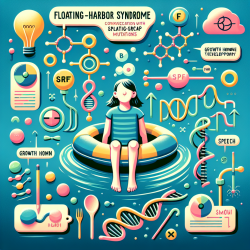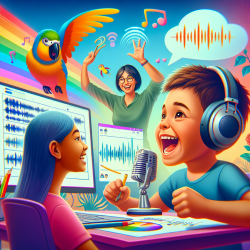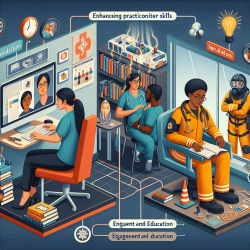Introduction
Autism Spectrum Disorder (ASD) affects millions of children worldwide, presenting challenges in communication, behavior, and social interaction. As a speech-language pathologist deeply committed to improving outcomes for children, I am excited to share insights from a groundbreaking study on the use of allogeneic human umbilical cord mesenchymal stem cells (UC-MSCs) for treating ASD. This research not only underscores the safety of UC-MSCs but also hints at their potential efficacy in alleviating ASD symptoms, paving the way for innovative therapeutic approaches.
The Study: A Glimpse into the Future
The study titled "Allogeneic Human Umbilical Cord Mesenchymal Stem Cells for the Treatment of Autism Spectrum Disorder in Children: Safety Profile and Effect on Cytokine Levels" explores the safety and efficacy of UC-MSCs in children with ASD. Conducted as a single-arm phase I/II clinical trial, it involved 20 children receiving intravenous UC-MSCs over a nine-month period, with follow-ups extending to 21 months.
Key Findings
- Safety: UC-MSCs were well-tolerated, with only mild to moderate adverse events reported, such as fatigue and headache, which resolved quickly.
- Symptom Improvement: Notably, 40% of participants showed improvements in ASD symptoms as measured by the Childhood Autism Rating Scale (CARS) and the Autism Treatment Evaluation Checklist (ATEC).
- Cytokine Levels: Decreases in inflammatory cytokines, specifically macrophage-derived chemokine (MDC) and thymus and activation-regulated chemokine (TARC), were observed in some participants, suggesting a potential link between inflammation and ASD symptoms.
Implications for Practitioners
For practitioners in the field of speech-language pathology, these findings open new avenues for enhancing therapeutic strategies. By integrating knowledge of cytokine levels and inflammation into treatment plans, we can tailor interventions more effectively. Additionally, understanding the role of UC-MSCs in reducing inflammation may inform the development of complementary therapies that work synergistically with traditional speech and behavioral interventions.
Encouraging Further Research
While the study provides promising insights, it also highlights the need for further research. Larger, double-blind, placebo-controlled studies are essential to validate these findings and explore the mechanisms underlying the observed improvements. As practitioners, staying informed about ongoing research and contributing to data collection can help refine and advance treatment methodologies.
Conclusion
The use of UC-MSCs in treating ASD represents a significant step forward in addressing the complex challenges faced by children with this disorder. By embracing data-driven approaches and continuing to explore innovative therapies, we can work towards creating better outcomes for children with ASD.
To read the original research paper, please follow this link: Allogeneic Human Umbilical Cord Mesenchymal Stem Cells for the Treatment of Autism Spectrum Disorder in Children: Safety Profile and Effect on Cytokine Levels.










